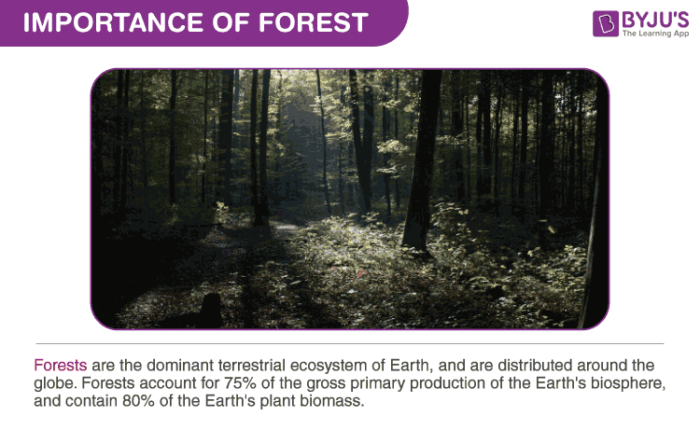

Some teachers empower the children by allowing them to photograph their own transitory creations, using a name card to identify the artist. Photography is the tool favoured for capturing ephemeral art.

The transitory art works are celebrated and the child is affirmed for their effort. no permanent or fixed artwork needs to result in the experimentation. They have validated an open ended outcome i.e. Therefore, they scaffold the young children they work with to also see such richness. Inspired teachers see beauty, symmetry, pattern and evolution in the world around them. Teachers have embraced an aesthetic presentation style for these materials. Our collection of digital images and learning stories demonstrates some of the ways that the teacher presents natural and manufactured materials in an open ended and appealing way. Similar experiences occur in the Forest Schools of Britain where children use natural ‘found’ materials to express their natural creativity in many different ways (Knight, 2009). Making time and space for wonderment and pondering in nature is one of the ways the teacher empowers our young artists. They are empowering their children to form an identity as a New Zealander who belongs to a place of unique cultures and landscapes. They invite exploration with materials from beaches, deciduous autumn trees, rocks from river beds, flowers that would be found in urban gardens as well as flowers from native plants, pine cones, driftwood and sticks. We observed that teachers who successfully encourage this art form have translated the links between the natural world of Aotearoa and the kindergarten settings. It may be that the adults around them empower and facilitate these urges through co-construction or conversely deter their interest (Edwards, Gandini & Forman, 1998).

It is our observation that young children are naturally drawn to being ephemeral artists. This type of engagement allows the child to develop through the principle of Kotahitanga/Holistic development (Ministry of Education, 1996). We noticed that teachers who facilitate ephemeral art create a banquet for the senses and give children the freedom to touch, get dirty and messy, smell, listen, observe and think. 1997) describe the word a esthetic as coming from the Greek word aisthetikos - meaning perceiving with the senses. Our research study has looked at how children of Aotearoa, New Zealand are provoked by the natural and manufactured world that surrounds them in their expressions of ephemeral art. Many cultures have some form of ephemeral art embedded in their cultural practices (Lichtenwalner, 2008). The process included gathering a large sample of digital images of ephemeral art exemplars and discussions between the teachers and researchers. The researchers have undertaken a sound ethical process including gaining informed consent from all involved children and their families and teachers. Further it demonstrates children’s identity as creative thinkers. It illustrates aspects of children’s cognitive and cultural learning in relation to exploration of maths concepts, their development of language and the enhancement of understandings of science. The research is qualitative in nature, using material from empirical findings.

The researchers are two Education Managers employed by the Napier Kindergarten Association. Our paper captures empirical research undertaken in eight NKA kindergartens that have implemented activities in relation to Ephemeral Art. This research explores the benefits to children of engaging in this unstructured form of art which brings the artist in a direct conversation with Papatuanuku - the Maori concept for the Earth Mother (Reed, 2008), working with materials made by nature. Ephemeral art has been inspired by internationally renowned artists such as Richard Schilling and Andy Goldsworthy (Goldsworthy, 2004). Ephemeral art is often made from a range of objects found in nature. Collins (1994) offers some synonyms for Ephemeral which includes brief, evanescent, flash, fleeting, fugacious, impermanent, passing, short-lived, temporary, transient and momentary. In this paper we define ephemeral art as an artistic creation that is transitory and exists only briefly. Our kindergartens follow the New Zealand early childhood curriculum Te Whaariki (Ministry of Education, 1996). The Napier Kindergarten Association(NKA) provides early childhood education to children aged 2- 5 years in state funded kindergartens which operate between the hours of 8-3pm, five days per week and only employs fully trained and registered Early Childhood Education (ECE) teachers. Ephemeral art with young children in Aotearoa NZ


 0 kommentar(er)
0 kommentar(er)
